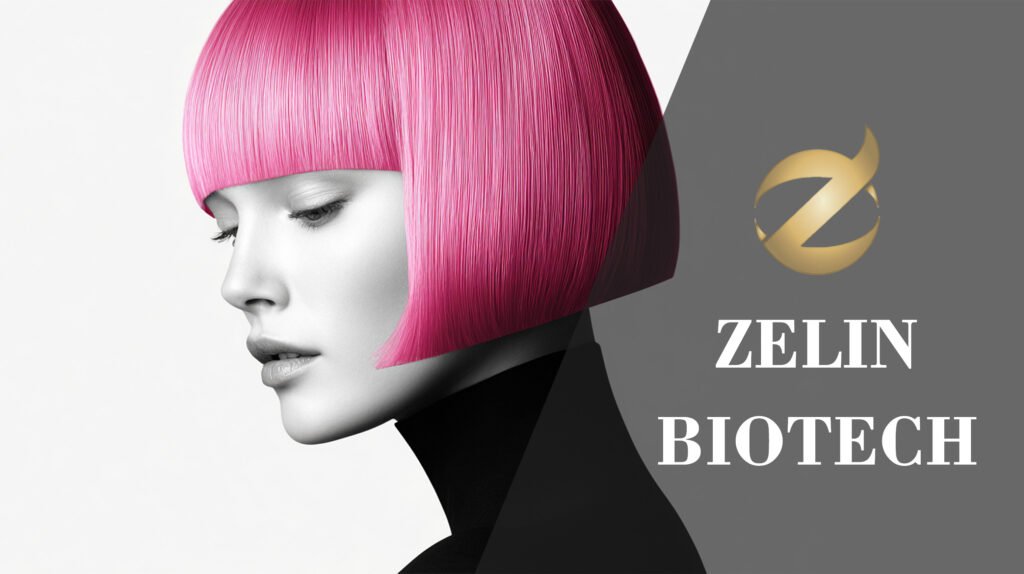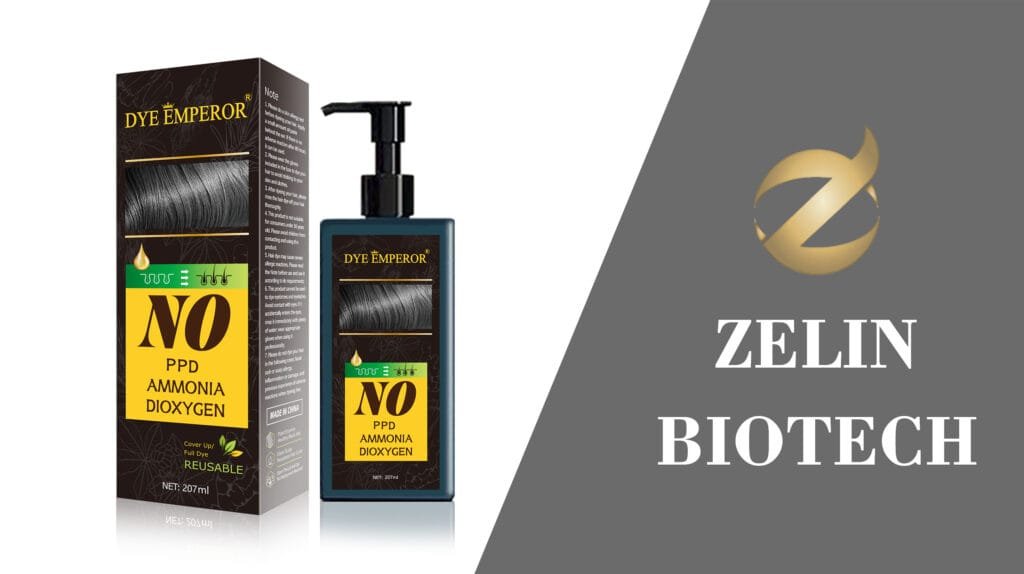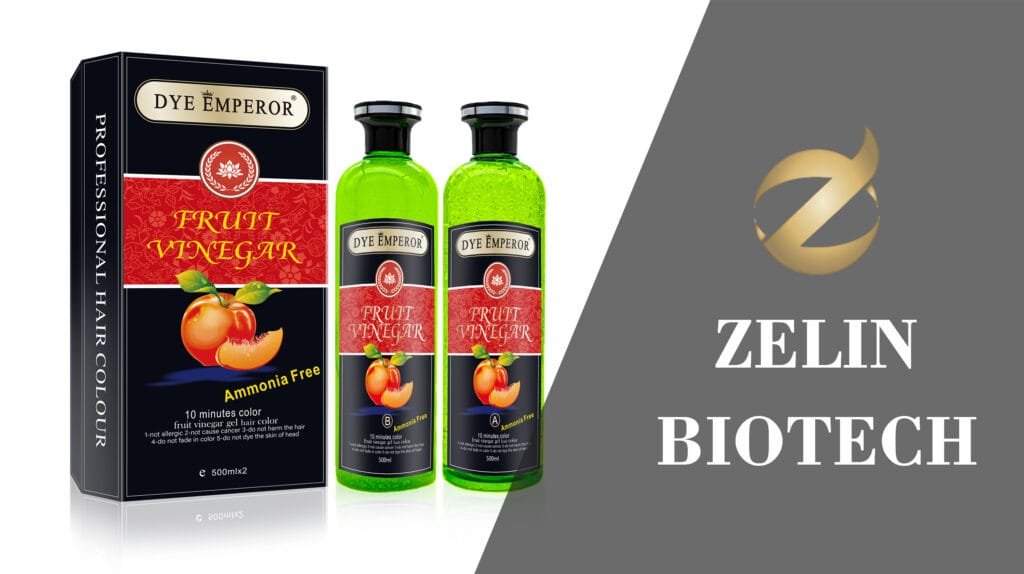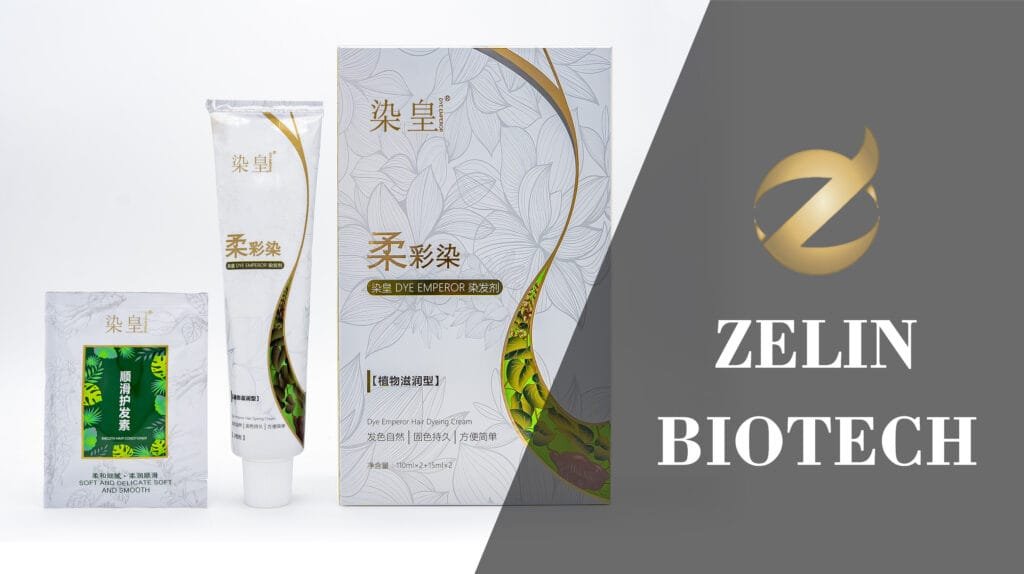As a professional hair colorist, one of the most common panic calls I get starts with, “I made a mistake. How can I get this color out right now?” Whether a box dye turned out much darker than expected or you’re simply tired of a previous look, the urge to strip it away immediately is powerful. Many people turn to the internet, hoping for a magic natural recipe.
Before we dive into the pantry remedies you’ve likely seen online, we need a dose of professional reality. The most crucial thing to understand is the difference between fading hair color and truly removing it. “Natural” methods can, at best, gently fade or strip a shade, but they cannot reverse the chemical process of permanent hair dye. Let’s break down why, what you can realistically expect from DIY methods, and how to do it with minimal damage.
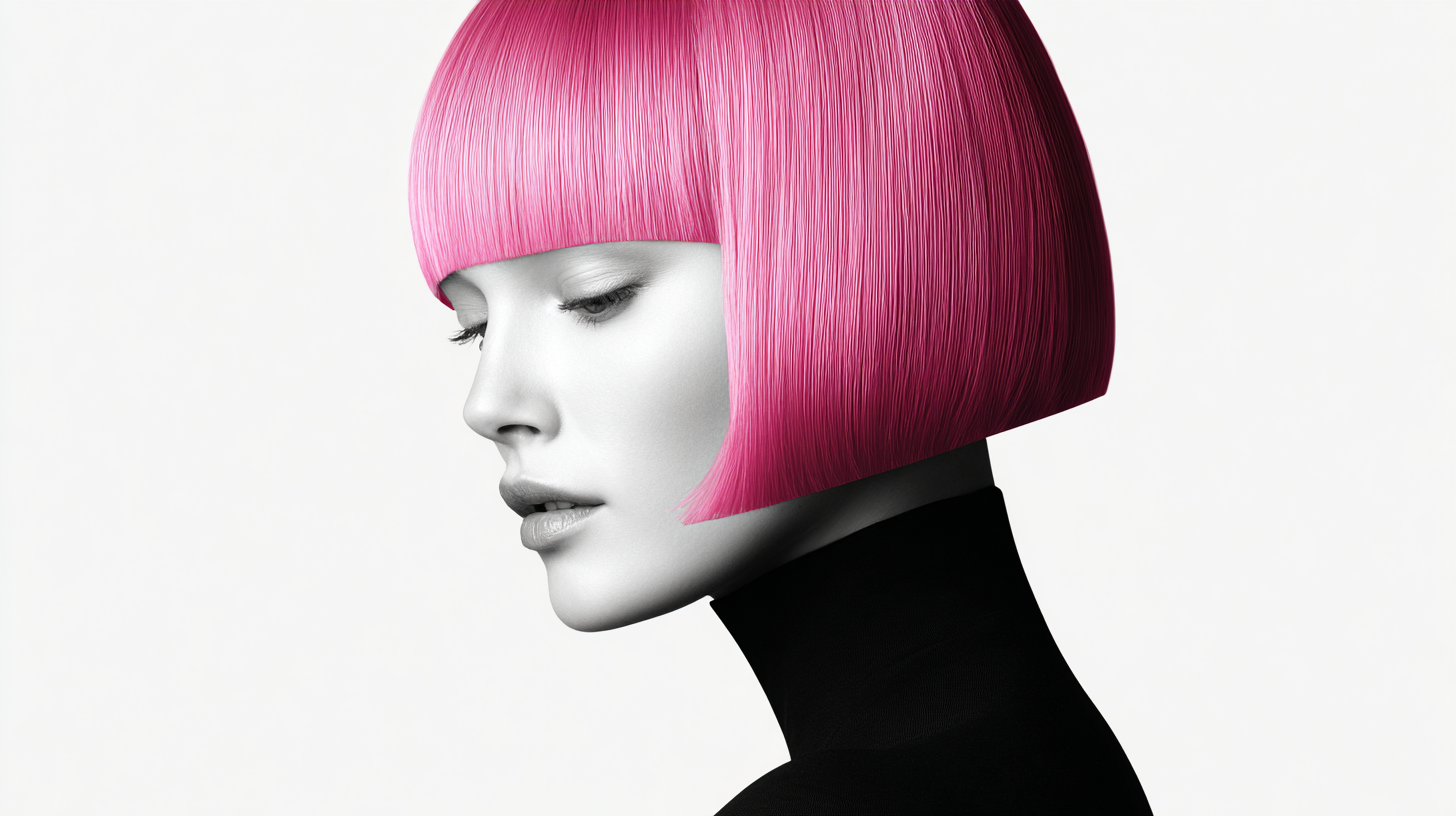
First, Understand Why Permanent Dye Is “Permanent”
When you use a permanent hair color, a two-part chemical process occurs:
Ammonia (or a similar agent) swells your hair’s outer layer, the cuticle, forcing it open.
Peroxide then enters the hair shaft, lightens your natural pigment, and reacts with the dye molecules to make them expand. These newly expanded color molecules are now too large to easily exit through the cuticle.
They are, in essence, locked inside your hair shaft. This is why you can’t just “wash out” permanent dye. The methods below don’t unlock this process; they simply attempt to aggressively scrub or strip the outermost layers of this new pigment.
Evaluating At-Home Fading Methods: A Professional Breakdown
I’ve seen the results of these DIY attempts in my salon chair for years. So, can these pantry ingredients really remove hair dye from hair? Here is my honest assessment and a safer way to approach each one.
Method 1: The Vitamin C Fading Method
The Theory: Vitamin C (ascorbic acid) is an antioxidant that can help oxidize the dye, causing it to loosen its grip on the hair shaft. It is most effective on semi-permanent dyes or permanent dyes that were applied very recently (within 48-72 hours).
The Professional Approach:
Crush 10-15 plain Vitamin C tablets into a fine powder. Avoid effervescent or flavored types.
Mix the powder into a half-cup of a deep-cleansing or clarifying shampoo (not a color-safe one) to form a thick paste.
Dampen your hair with water and apply the paste thoroughly, focusing on the darkest areas.
Put on a shower cap and let it sit for 30-45 minutes.
Rinse thoroughly with warm water, followed by a deep conditioning treatment for at least 5-10 minutes.
Realistic Expectations (My Honest Take): This is the gentlest of the DIY methods. It will likely lift the color by about half a shade, making it appear less intense. It will not take you from black back to blonde. It will also make your hair feel quite dry afterward, so conditioning is non-negotiable.
Method 2: The Clarifying Baking Soda Paste
The Theory: Baking soda is an alkaline abrasive. It acts as a natural scrubbing agent that can help lift some dye molecules from the hair. When mixed with an anti-dandruff shampoo (which often contains selenium sulfide), it creates a potent clarifying mixture.
The Professional Approach:
Mix two tablespoons of baking soda with a half-cup of strong anti-dandruff or clarifying shampoo.
Apply the mixture to damp hair.
Gently work it through your strands, then cover with a shower cap for 15-20 minutes.
Rinse extremely well, as any leftover grit will be irritating.
Follow immediately with a hydrating, restorative hair mask.
Realistic Expectations (My Honest Take): This method is significantly harsher than the Vitamin C approach. While it can be effective at fading color by a shade or so, it can also strip your hair of all its natural oils, leaving it brittle, rough, and prone to breakage. I only recommend this for very healthy, resilient hair, and never more than once.
Method 3: The White Vinegar Rinse
The Theory: Vinegar is an acid. While typically used in diluted form to seal the hair cuticle and add shine, a more concentrated application can help to gently strip some surface-level color.
The Professional Approach:
Mix equal parts white vinegar and warm water in a bowl or applicator bottle.
After shampooing, saturate your hair with the vinegar mixture.
Let it sit for 10-15 minutes. It will not feel pleasant, and the smell is strong.
Rinse thoroughly and apply a heavy-duty conditioner to combat dryness and the smell.
Realistic Expectations (My Honest Take): This is the least effective method of the three for color removal and carries a high risk of making your hair feel extremely dry and straw-like. Its primary effect will be clarifying, with minimal color lift.
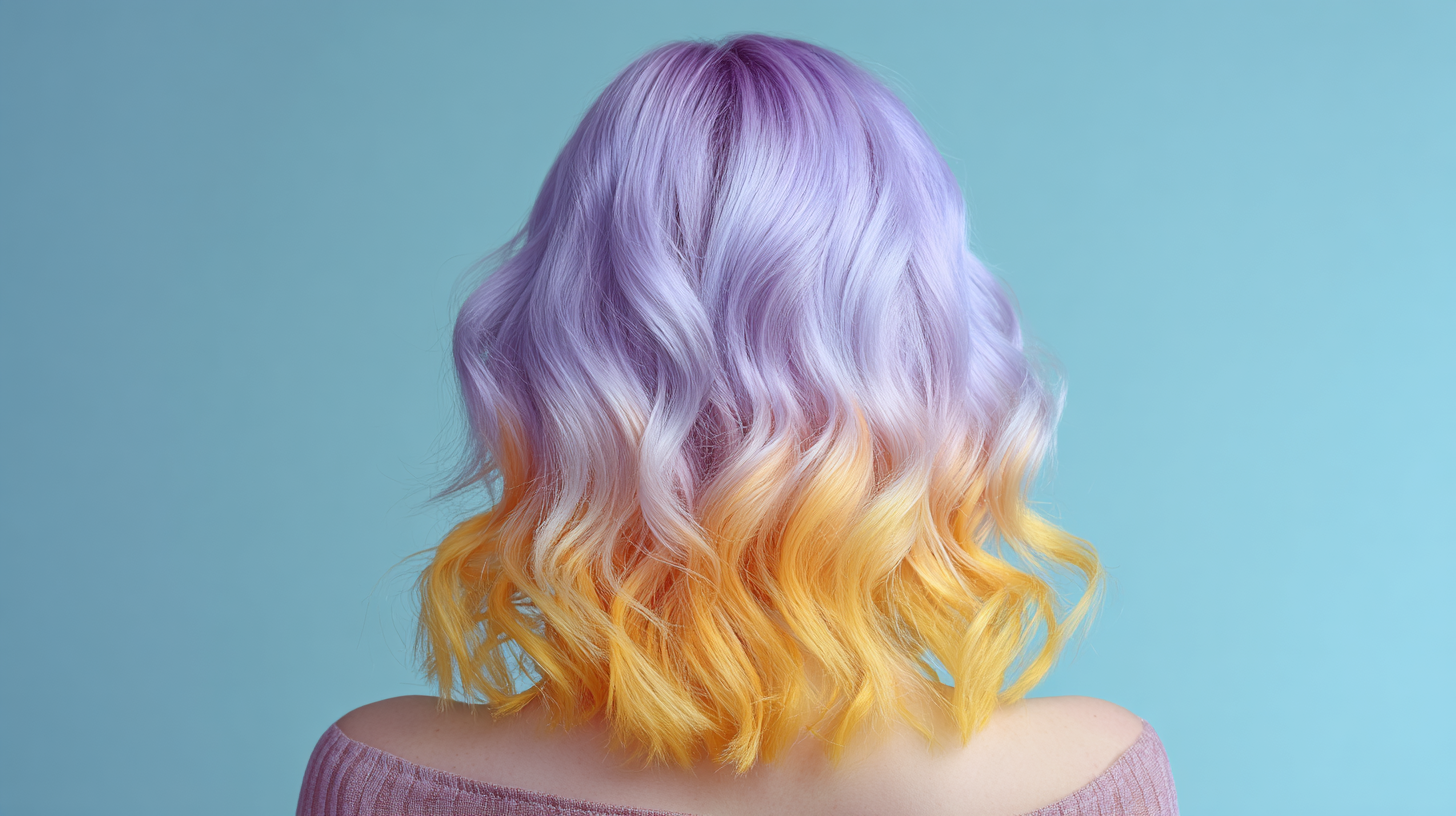
What a Professional Would Do to Truly Remove Hair Dye From Hair
When a client comes to me with a color correction, I don’t reach for vinegar. To truly remove hair dye from hair safely and effectively, we use specialized products:
Color Removers (Sulfur-Based): These products work by entering the hair shaft and shrinking the artificial dye molecules, allowing them to be rinsed out. They don’t typically damage the hair’s structure but can leave it very dry and emit a strong sulfur smell. They will not restore your natural color but will lift the dye to a brassy orange or yellow stage, creating a clean canvas for a new color.
Bleach Wash/Bath: This is a more aggressive option where a stylist mixes lightener (bleach) with shampoo and applies it to wet hair for a short time. It provides a controlled, gentle lift to remove stubborn color. This should only ever be done by a professional.
Итог
The truth is, there is no magic natural recipe to completely remove hair dye from hair that’s been permanently colored. DIY methods are for slight fading at best and come with a significant risk of dryness and damage.
If you have a minor color issue and healthy hair, the Vitamin C method is your safest bet. For anything more significant, your best and safest course of action is to book a consultation with a professional stylist. We have the tools and expertise to correct the color while preserving the health of your hair, which should always be the number one priority.

